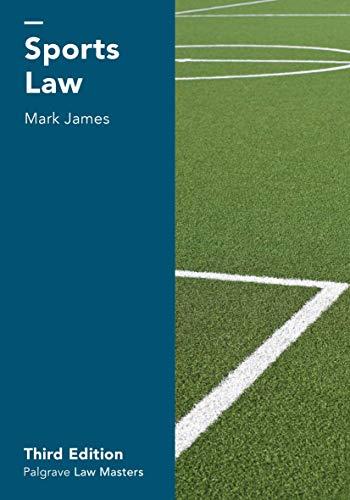Answered step by step
Verified Expert Solution
Question
1 Approved Answer
In the 1983 case of Hazelwood v. Kulhmeier, did the Supreme Court agree or disagree with the principal and why? The Supreme Court agreed with
In the 1983 case of Hazelwood v. Kulhmeier, did the Supreme Court agree or disagree with the principal and why? The Supreme Court agreed with the principal, stating educational administrators had the right to censor material that was deemed contrary to the school's educational mission. The Supreme Court disagreed with the principal, stating that newspaper editors could print students' stories and opinions without censorship as long as the material was not profane. The Supreme Court disagreed with the principal, citing Tinker v. Des Moines and stated the principal had violated the students' First Amendment rights of freedom of speech. The Supreme Court agreed with the principal but said the article could be published in the school newspaper as long as the father's response was also included in the article
Step by Step Solution
There are 3 Steps involved in it
Step: 1

Get Instant Access to Expert-Tailored Solutions
See step-by-step solutions with expert insights and AI powered tools for academic success
Step: 2

Step: 3

Ace Your Homework with AI
Get the answers you need in no time with our AI-driven, step-by-step assistance
Get Started


